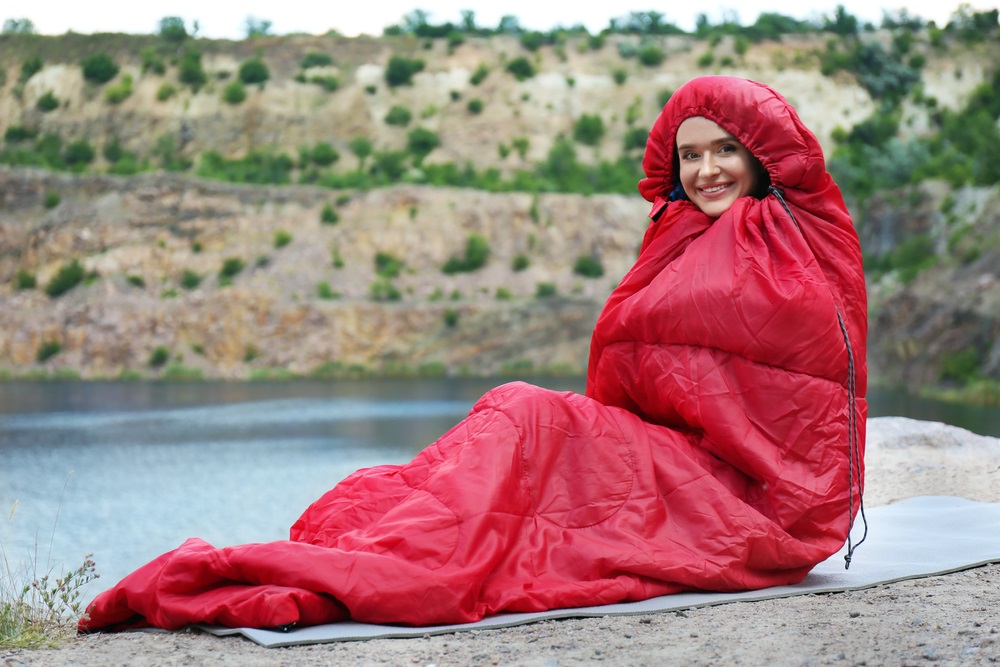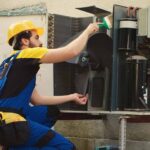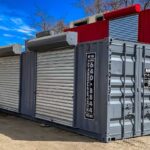Don’t Get Duped: The Insider’s Guide to Finding the Best Sleeping Bag Deals
Are you searching for “sleeping bags on sale near me” and excited to score a sweet deal? When a coveted sleeping bag gets marked down in price, it can be tempting to whip out your credit card without doing your research.
But without assessing the true value behind the discount sticker, you risk wasting money on a lackluster product.
Follow this insider’s guide to make sure you extract every ounce of value from a reduced-price sleeping bag:
Verify the Temperature Rating
A sleeping bag’s temperature rating indicates the lowest temperature at which it will keep the average person warm. Pay attention to if the rating uses a comfort, lower limit, or extreme indicator:
- Comfort Limit: The lowest temperature where the average person will sleep comfortably.
- Lower Limit: The lowest temperature before sleep becomes difficult and uncomfortable.
- Extreme Limit: The absolute lowest temperature the bag is designed to protect against health risks.
For example, a 0°F/-18°C comfort rating means you’ll sleep cozily down to 0°F/-18°C. The lower limit may be -10°F/-23°C and the extreme -40°F/-40°C.
A quality bag will have a lower temperature limit close to the comfort rating. If there’s a big gap, the bag likely won’t perform as well in cold temps.
| Temperature Rating Type | High-Quality Bag | Low-Quality Bag |
| Comfort Limit | 0°F / -18°C | 20°F / -6°C |
| Lower Limit | -5°F / -21°C | 0°F / -18°C |
| Extreme Limit | -30°F / -34°C | -10°F / -23°C |
So if you see a 20°F “comfort” bag on sale, realize the lower limit may be 0°F—much colder than you bargained for!
Examine Construction and Materials
A discount price means nothing if the sleeping bag falls apart or sheds goose feathers after a few uses. Study the shell, lining, insulation, and fill power:
- Shell fabric: The outer layer that shields against wind/rain. High-quality bags use Ripstop Nylon or DWR-treated Polyester shells.
- Lining: The inner layer touching your body should have a breathable, non-absorbent fabric like Polyester Taffeta.
- Insulation: Downfill and Synthetic fills like PrimaLoft are common.
- Down is extremely warm but loses insulating ability when wet. More fill power = more warmth. 700-800+ fill power is ideal.
- Synthetic insulation works when damp but is heavier and not as compressible.
- Fill Weight: Measured in ounces (oz) or grams (g). More weight = more insulation = warmer bag!
Scrutinize materials to detect low-cost shortcuts like weak shell fabric, low fill power, or skimpy insulation. Just because it says 800 fill power down doesn’t mean it’s true…
Research the Brand Reputation
It pays to learn about the brand behind the sleeping bag deal. Sought-after companies like Western Mountaineering, Feathered Friends, and Therm-a-Rest earn loyal fans thanks to consistent quality and reliable temperature ratings.
Meanwhile, obscure brands may fudge numbers and cut corners to offer steep discounts.
They bank on customers focusing only on the low price rather than identifying shoddy construction or ineffective insulation.
Dig into customer reviews and independent tests comparing temperature ratings against real-world use. A sparkling brand reputation proves consistent quality to back up discount sticker claims.

Compare Competitor Bags
Reality-check sale prices against similar models from other respected companies. Overstock specials can tempt retailers to drastically slash costs below normal retail value.
But a too-good-to-be-true bargain on an off-brand featherweight 20°F mummy bag should raise eyebrows compared to name-brand competitors. Reference sites like OutdoorGearLab to compare specs and pricing across brands.
Identify true steals that beat competitors’ regular prices. If a sale bag costs the same or more than higher-quality alternatives…well, you do the math!
Consider Lifespan and Warranty
The best sales secure you a sleeping bag offering years of cozy wilderness adventures. Assess expected lifespan based on shell/lining durability and insulation quality.
Top-tier outdoor brands design bags to last a decade or more. Budget brands often fail earlier as weak materials deteriorate.
Also examine the warranty coverage. Companies like Western Mountaineering and Feathered Friends offer lifetime guarantees against defects.
That matters when you’re buying an expensive investment! For discounted bags, a short/no warranty means no recourse once issues arise.











